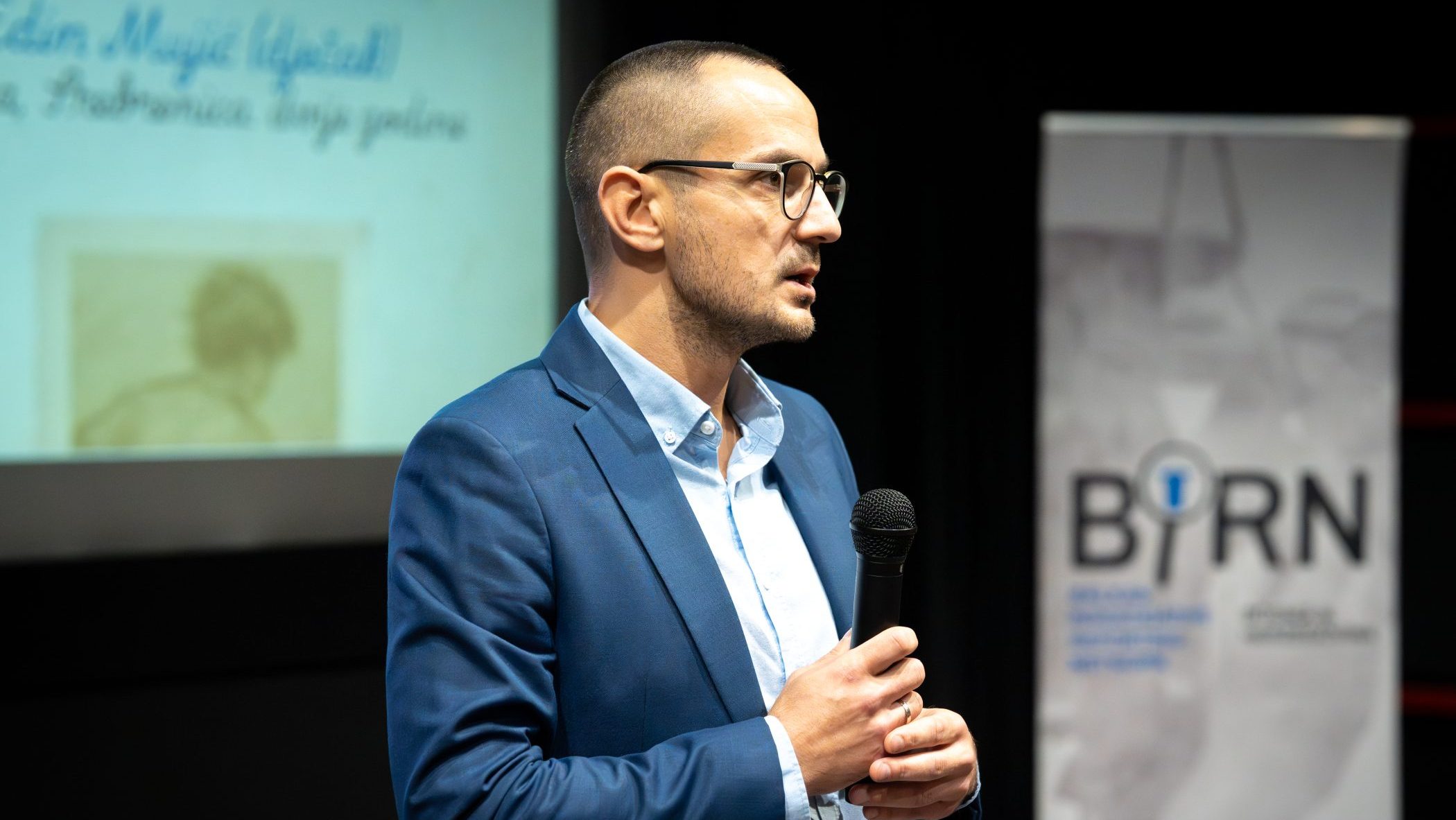This post is also available in: Bosnian
The Missing Persons Institute of Bosnia and Herzegovina said that a collective funeral will be held at Vedro Polje stadium in the village of Hambarine near Prijedor on July 20, and the victims’ bodies will then be buried at locations chosen by their families.
“It still cannot be said with certainty how many people will be buried, considering that the families have still not officially identified the mortal remains for which the results of DNA analysis have arrived,” Missing Persons Institute spokesperson Emza Fazlic told BIRN.
According to the Missing Persons Institute, during the last exhumation conducted in the Koricanske Stijene area in 2017, a total of 135 people’s remains were exhumed and more than 1,000 samples sent for DNA analysis.
Fazlic explained that the tests carried out so far have established 62 identities, while a certain number of samples showed that the remains found in the grave belonged to victims who had been identified previously.
“For now, 18 families have confirmed they would be present at the identification once it has been scheduled and will most probably give consent to burial of their family members,” Fazlic said.
Koricanske Stijene (Koricani Cliffs) are steep cliffs on Mount Vlasic and were the site of a massacre of some 200 Bosniak and Croat civilians by Bosnian Serb forces in August 1992.
During the war, Naila Bajric’s husband Serif and 21-year-old son Zafir were killed at Koricanske Stijene. Her husband’s body, as well as a part of her son’s body, were found during the most recent exhumation at the site.
“I found my son in 2005. Two bones. I buried those two bones,” Bajric told BIRN.
Bajric recently visited the Sejkovaca Identification Centre in Sanski Most to see the remains of her loved ones.
“I wanted to take my child into my arms one more time. I gave birth to a whole child and now I am collecting his parts,” she said.
Missing Persons Institute data suggests that around 3,200 people went missing from the Prijedor area in the war, and the search for around 700 of them is still ongoing.
A total of six mass graves have been discovered in the Koricanske Stijene area. The International Commission on Missing Persons says that after all the exhumations conducted in the Koricanske Stijene area until April this year, DNA matching has so far enabled the reliable identification of 179 people who disappeared there, as well as the connection of over 700 separated body parts.
Sasa Kulukcija, the spokesperson for the Western Balkans at the International Commission on Missing Persons, said that the biggest obstacle to the search for the remaining missing people is the lack of credible information about hidden graves.
Kulukcija appealed to anyone who might have information about such graves to share their information anonymously using an ICMP application called Prijavi lokaciju (Report a Location).
There have been several convictions so far. Darko Mrdja, a former member of a Bosnian Serb special police unit from Prijedor, admitted he was guilty of committing crimes at Koricanske Stijene and was sentenced to 17 years in prison by the Hague Tribunal.
Ten other former policemen from Prijedor were also convicted by the Bosnian state court and given lengthy jail sentences.
Sasa Zecevic, Radoslav Knezevic and Marinko Ljepoja were given 23 years each, Zoran Babic got 22 years, Milorad Skrbic and Dusan Jankovic got 21 years each, and Zeljko Stojnic got 15 years.
The three others – Damir Ivankovic, Ljubisa Cetic and Gordan Djuric – signed guilt admission agreements. Ivankovic was given 14 years in prison, Ljubisa Cetic got 13 years and Gordan Djuric got eight years.

